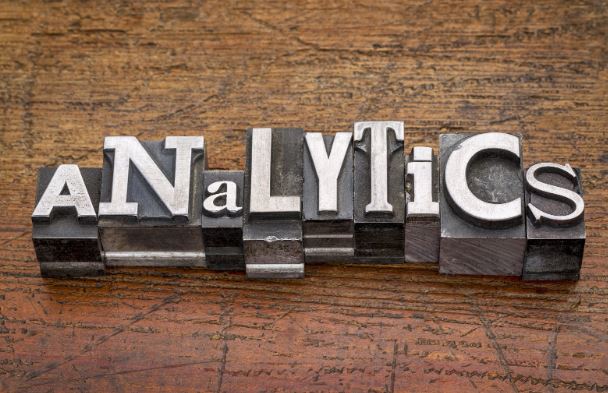Organizational Use of Analysis & Data
9 January 2019

Organizations have steadily increased their usage of big data and artificial intelligence (AI). NewVantagePartners conduct an annual survey of large corporations’ executives views on big data and AI each year. The 2018 survey included responses from 57 corporations from financial services, life sciences, manufacturing, telecom, and online. Of the respondents, 97% indicated an investment in data analytics, big data and/or AI projects. In addition, 73% specified that a ‘measurable value’ had already been demonstrated from these initiatives. Because data analysis, big data, and AI are important tools for organizations, it is no surprise that an organizational goal would be ‘advanced analytics/better decisions.’ In 36% of the respondents indicated this as their top priority with 69% of those specifying success.
Although this survey is insightful, we should think about how these results impact smaller corporations and different industries. Analysis and data should be a goal for every business and industry because they allow for effective, strategic planning and decisions.
Considerations
Organizations new to data analysis, big data and AI consider certain project aspects. After reviewing these considerations for your organization, you need to determine whether the project will be completed in-house or outsourced. In addition, your organization may be overwhelmed with the amount of data available for analysis. To help determine the project objective, any project should begin with similar considerations of time, resources, and scope.
- Time: When considering time, you should consider how large scale is the analysis (i.e. division, corporate office, or company-wide). This helps set the timeline of weeks, months, or year(s).
- Resources: Whether your analysis is conducted in-house or outsourced, resources will be used. Either one will require points of contact or decision makers from strategic areas. These individuals will provide direction and make final decisions when needed. Beyond people, other resources can include hardware, software, etc.
- Scope: Think back to the time consideration. How large scale is the analysis? What do you need answered by your analysis and data research? Often, you begin with a list of several questions but end with only few due to scope, time and resource constraints. In addition, you may find multiple questions are answered by asking only one.
Analysis & Data Uses in Organizations
Depending on your organizations needs and objectives, data analysis, big data and AI can assist with a variety of areas from training, marketing to product development.
Quality Analytics Associates focuses on analysis and data research revolving around training and strategic alignment. For the next few weeks, we will review the following analysis and data research areas while comparing the advantages and disadvantages in the process.
- Learner Analysis
- Leader Analysis
- Task/Behavior Analysis
- Training Program
- Strategic Planning

